Every now and then you come across somethings you have no idea about, this was said item, when I first picked it up it had no markings as to what it was or did, but it was heavy and had a cool gyroscope tag on it, but no wires, this had me so curious, so follow along as I discover the amazing world that is inside this device!
Here are some more shots of the inside, and how it comes apart.
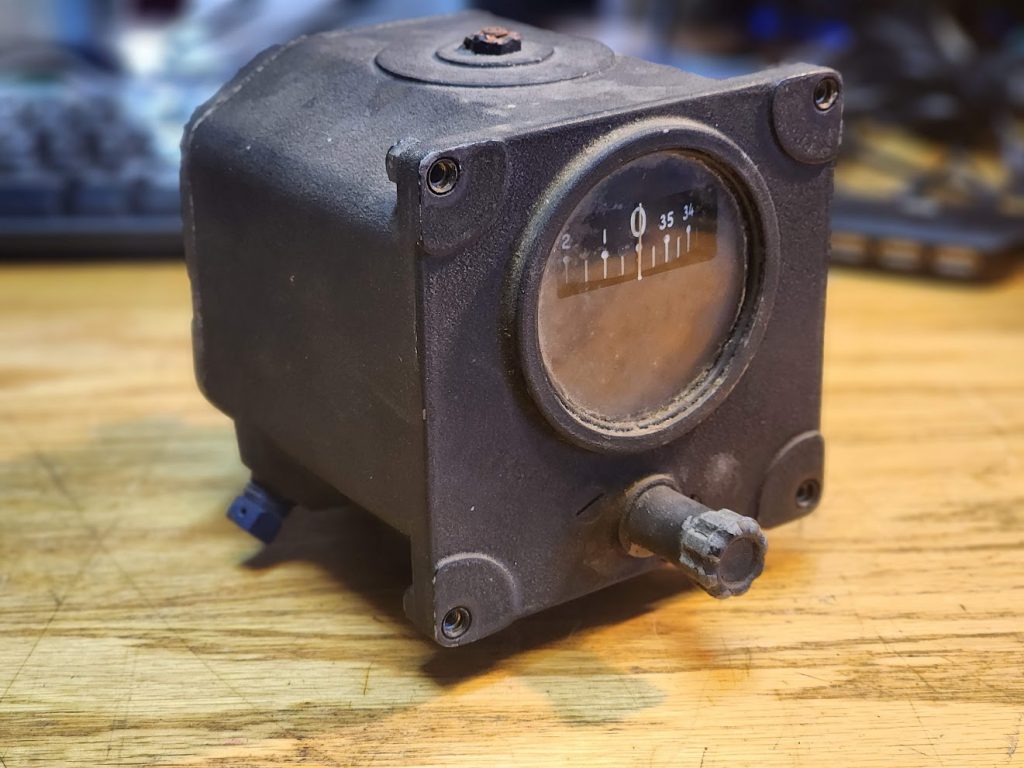


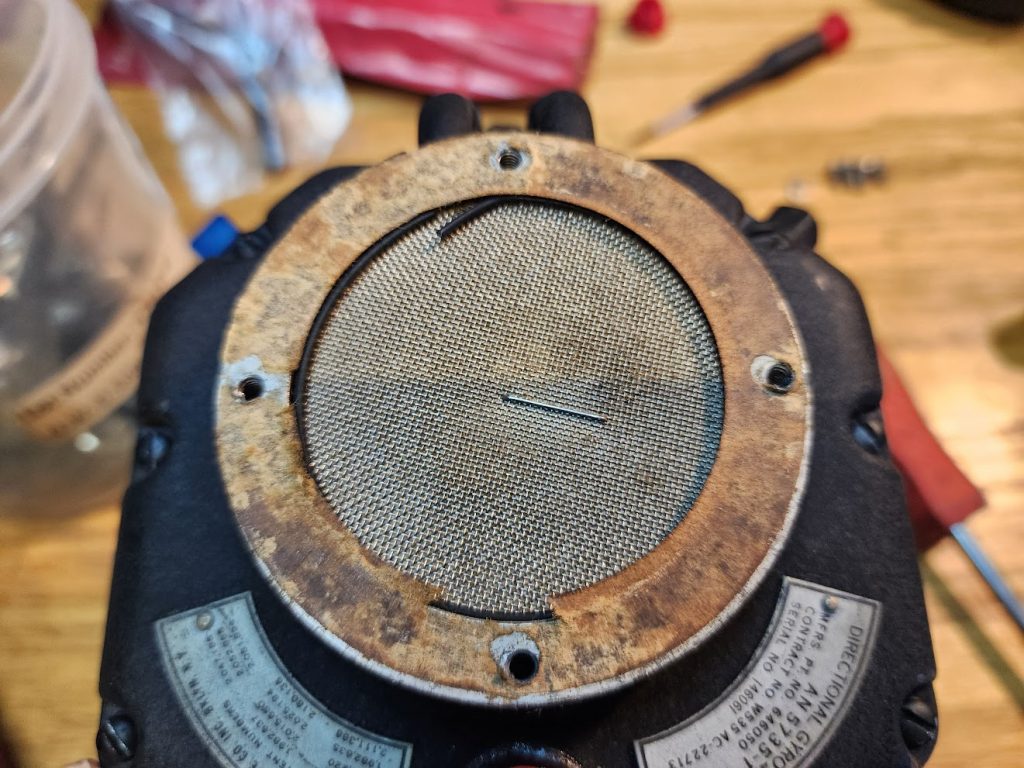






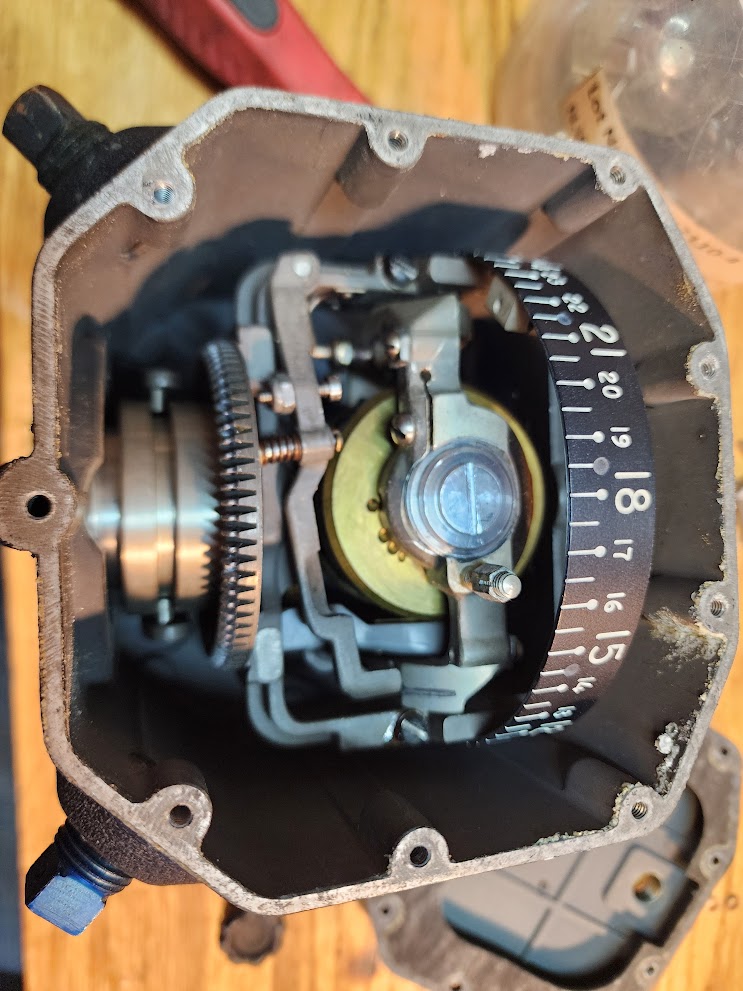

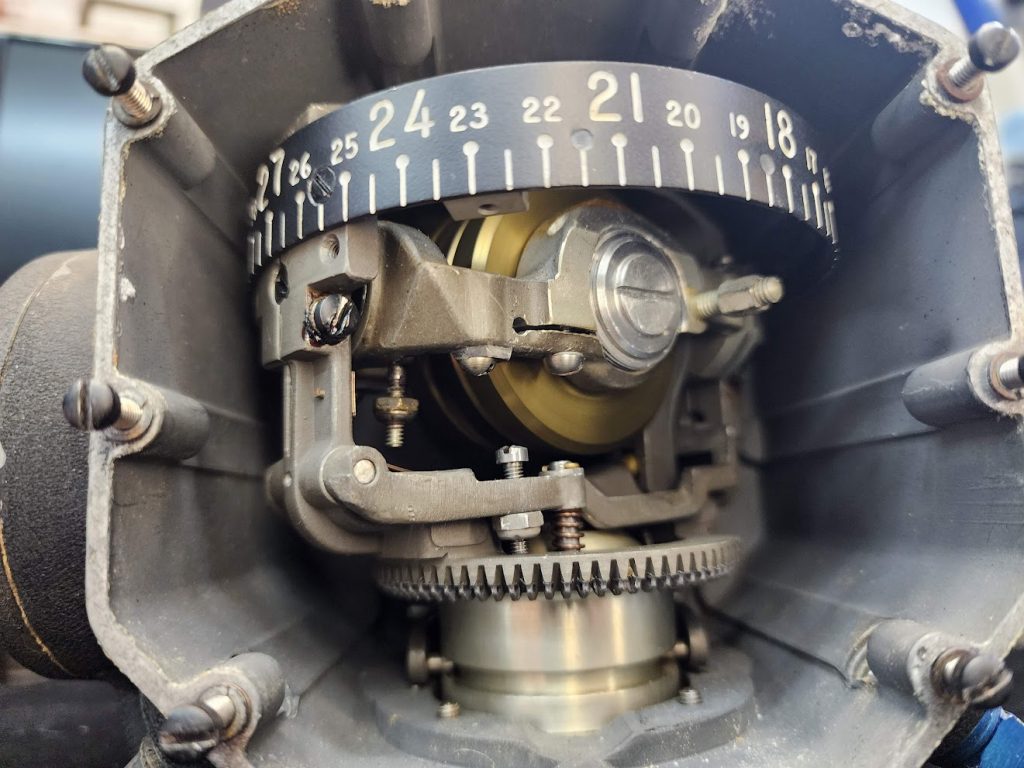
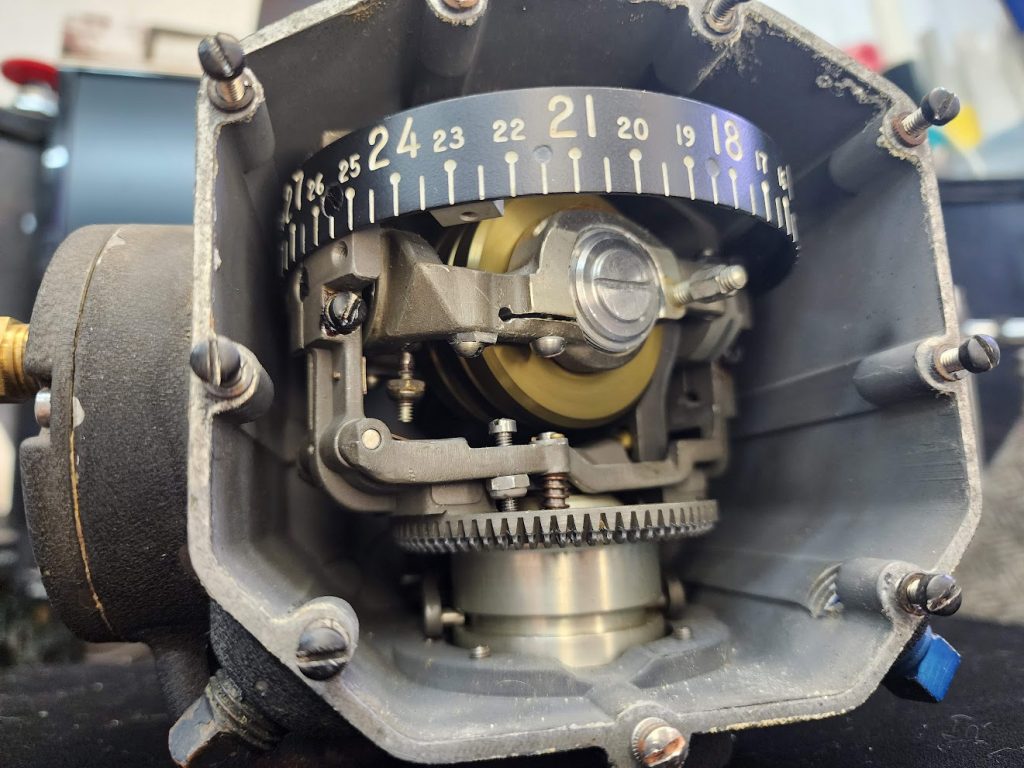
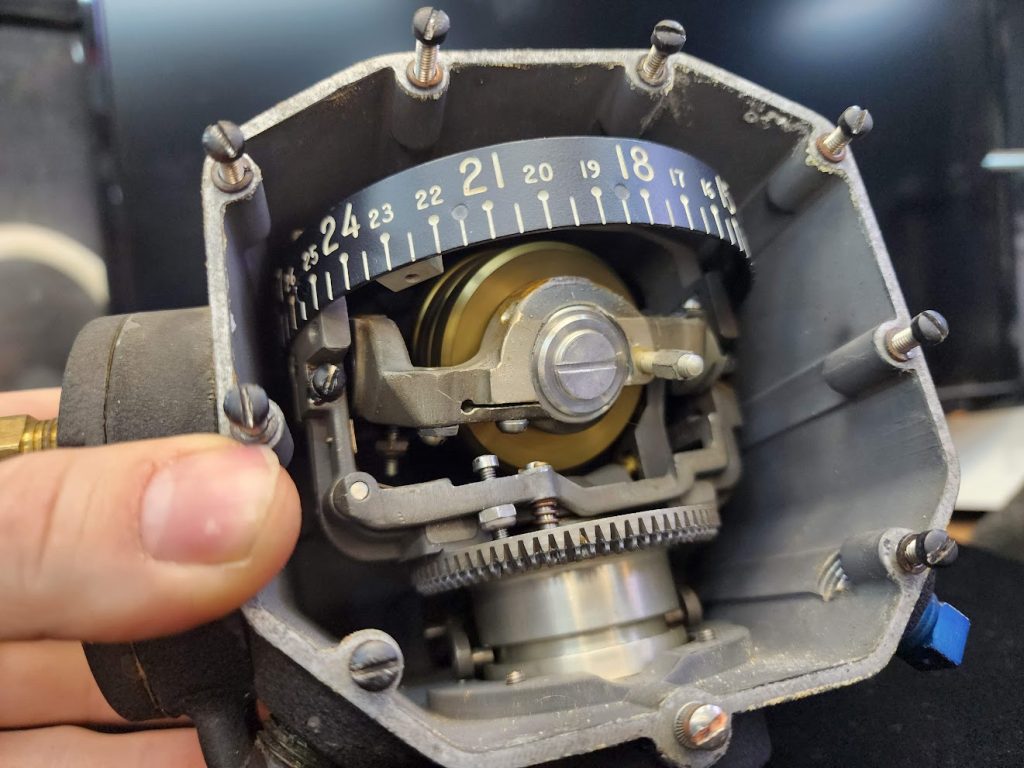
The story of the Sperry Gyroscopic Indicator begins with its inventor, Elmer Ambrose Sperry. A prolific American inventor and entrepreneur, Sperry’s contributions to aviation were significant. In the early 1900s, as aviation was still in its infancy, the need for reliable instruments to assist pilots became increasingly apparent. Traditional navigation methods were often inadequate, particularly in poor visibility conditions. This is where Sperry’s innovation came into play.
In 1910, Sperry introduced the first practical gyroscopic compass, which paved the way for his later developments. By the 1920s, the Sperry Gyroscopic Indicator had become an essential instrument in aircraft cockpits. The gyroscopic indicator, also known as the artificial horizon or attitude indicator, provided pilots with crucial information about the aircraft’s orientation relative to the Earth’s horizon.
The principle behind the Sperry Gyroscopic Indicator is based on the gyroscope, a device that maintains its orientation regardless of the aircraft’s movements. The gyroscope consists of a spinning wheel or rotor, mounted in such a way that it can pivot freely in any direction. When the aircraft tilts or turns, the gyroscope remains stable, providing a fixed reference point. This stability allows the gyroscopic indicator to display the aircraft’s pitch (nose up or down) and roll (wing up or down) accurately.
Using the Sperry Gyroscopic Indicator revolutionized aviation by giving pilots a reliable way to maintain level flight and proper orientation, especially during instrument flight rules (IFR) conditions, such as fog, clouds, or night flying, where visual references to the horizon are not possible. Pilots could now fly safely and confidently, relying on the gyroscopic indicator to navigate through challenging conditions.
The impact of the Sperry Gyroscopic Indicator on aviation safety cannot be overstated. Before its widespread adoption, pilots had to rely heavily on external visual cues, which were often unreliable or completely absent. The gyroscopic indicator provided a dependable internal reference, significantly reducing the risk of disorientation and spatial awareness issues that could lead to accidents.
As technology advanced, the basic principles of Sperry’s gyroscopic indicator continued to evolve. Modern aircraft now use sophisticated electronic flight instrument systems (EFIS) that integrate gyroscopic data with other navigational aids to provide comprehensive flight information. However, the core concept of the gyroscopic indicator remains a fundamental part of aviation instrumentation.
Owning a piece of this history, like an original Sperry Gyroscopic Indicator, is a tangible connection to the pioneering days of aviation. It’s a reminder of the ingenuity and determination that helped conquer the challenges of early flight and paved the way for the advanced aviation systems we rely on today. Whether you’re an aviation historian, a collector, or simply someone who appreciates the milestones in flight technology, the Sperry Gyroscopic Indicator is a fascinating piece of aviation heritage.




